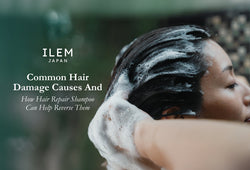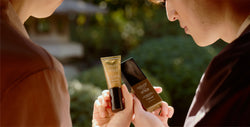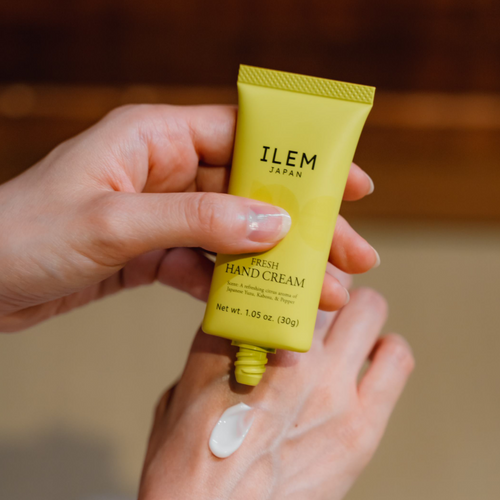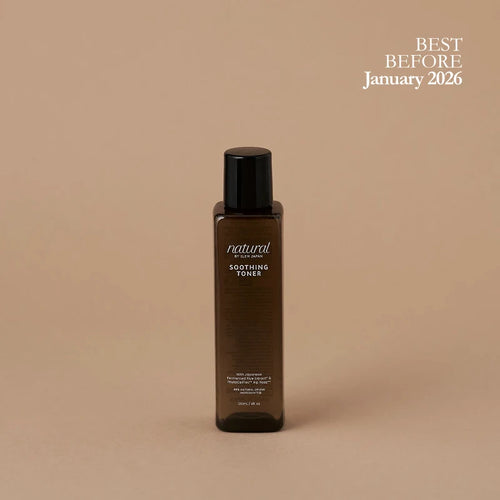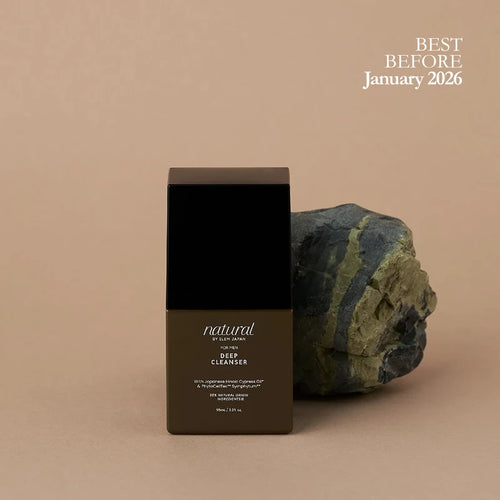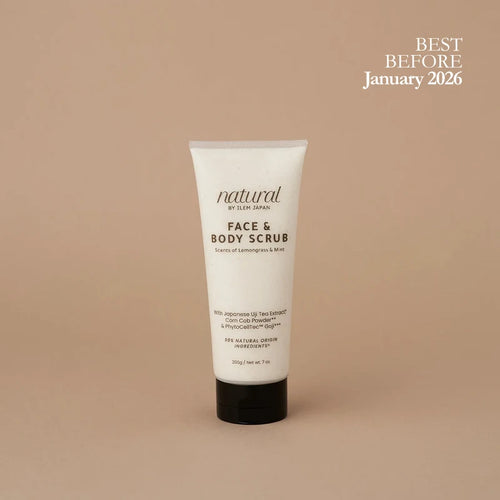Konjac Sponges: The Gentle Skincare Staple You’ll Want to Use Every Day
Key Takeaways:
-
Konjac sponges from Japan are the newest and gentlest natural skincare exfoliator tools.
-
They are plant-based, ultra-gentle, and biodegradable, suitable for all skin types, for teenagers and adults alike.
-
The Konjac sponge for face provides numerous skin care benefits, like keeping your skin hydrated and offering a smoother, radiant complexion.
For all teenagers and adults, when it comes to skincare, gentle and effective words hit the sweet spot, and that’s exactly what a Japanese konjac sponge delivers. This trending skincare product must be all over your feed currently, and it’s for all the right reasons! Authentically made in Japan, formed from the natural fibers of the konjac plant, this natural, eco-friendly facial cleansing sponge has become a go-to in every skincare routine around the world.
Unlike starting with a konjac sponge vs face scrub debate, this blog aims to directly emphasize the konjac sponge benefits and why it can be used by teenagers and adults alike.
Konjac Sponge is more than an exfoliator!
Unlike harsh scrubs or loofahs, the konjac sponge for face offers gentle exfoliation, removing impurities and dead skin without disrupting the skin barrier. The natural face exfoliator, konjac sponge, is kind to both skin and planet and can effortlessly fit into any skincare routine. It is made for all skin types, perfect for soothing and cleansing without any irritation. The biodegradable skincare tool comes in various sizes and variants, face and body, with Japanese ingredients infused like Green Tea, Yuzu, and Charcoal.
Make konjac sponge part of your daily glow routine, and you won’t miss the old and harsh-to-skin scrubs and loofahs. Try ILEM JAPAN’s 100% natural sponge, an eco-friendly and biodegradable natural exfoliator, perfect for all skin types.
Learn to use this skincare tool properly
If you possess the greatest and natural skincare tool in your hand, you must also learn how to use the konjac sponge properly.
-
Soak the sponge in warm water for a few minutes and gently squeeze out the excess water.
-
Use the sponge alone or with your favorite cleanser or body wash.
-
Lather it up and massage in circular motions to deeply remove all the impurities and dead skin.
-
Avoid the delicate eye area to prevent the potential risk of irritation and redness.
From refining pores to removing excess gunk and oil, the Konjac sponge is the best natural exfoliator you’re looking for! ILEM JAPAN’s natural sponges are kinder, cleaner, and sustainable, making them a regular on your skincare shelf.
Frequently Asked Questions:
1. Can I use a Konjac sponge every day?
You can use it daily or 2-3 times a week for a relaxing and pampered self-care routine.
2. Is it safe for sensitive or teenage skin?
Yes! The plant-based natural ingredients and soft and smooth texture make it ideal for sensitive and teenage skin.
3. Why is a konjac sponge better than a face scrub?
Unlike harsh and abrasive scrubs, konjac sponges offer gentle exfoliation without damaging or irritating the skin, making them ideal for daily use.



